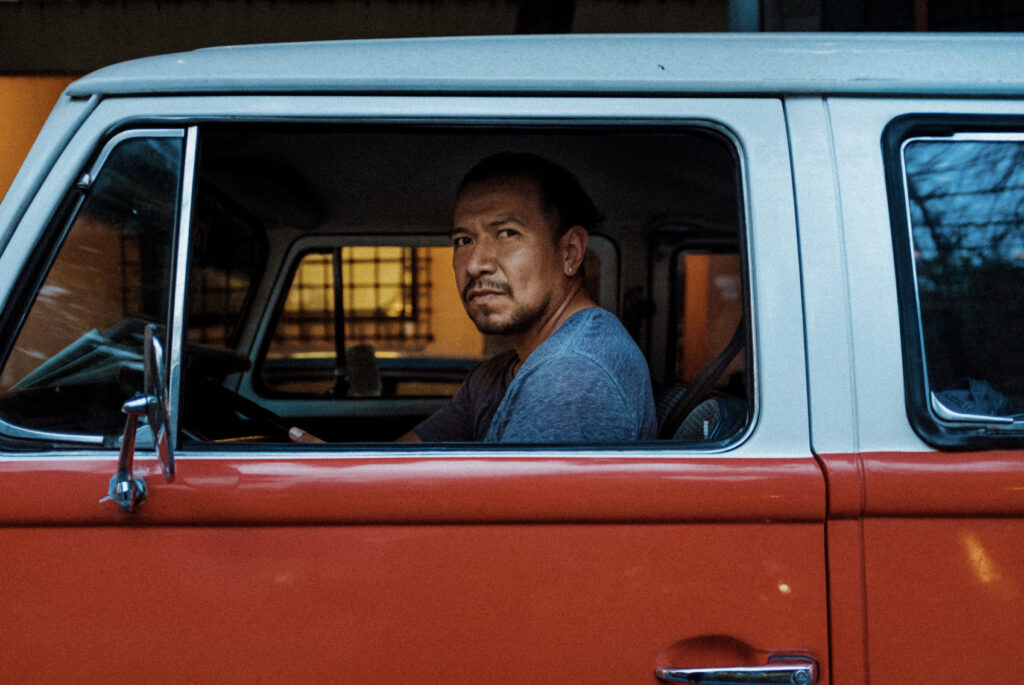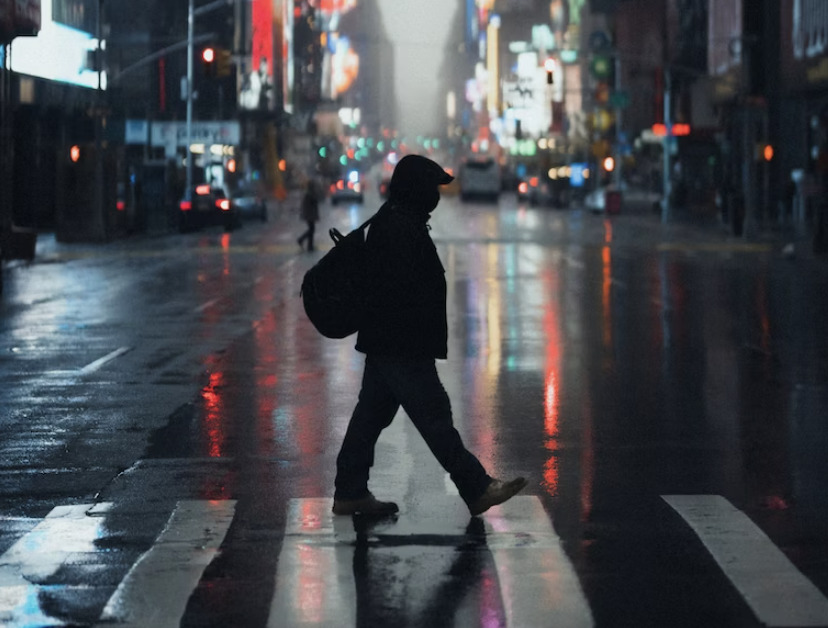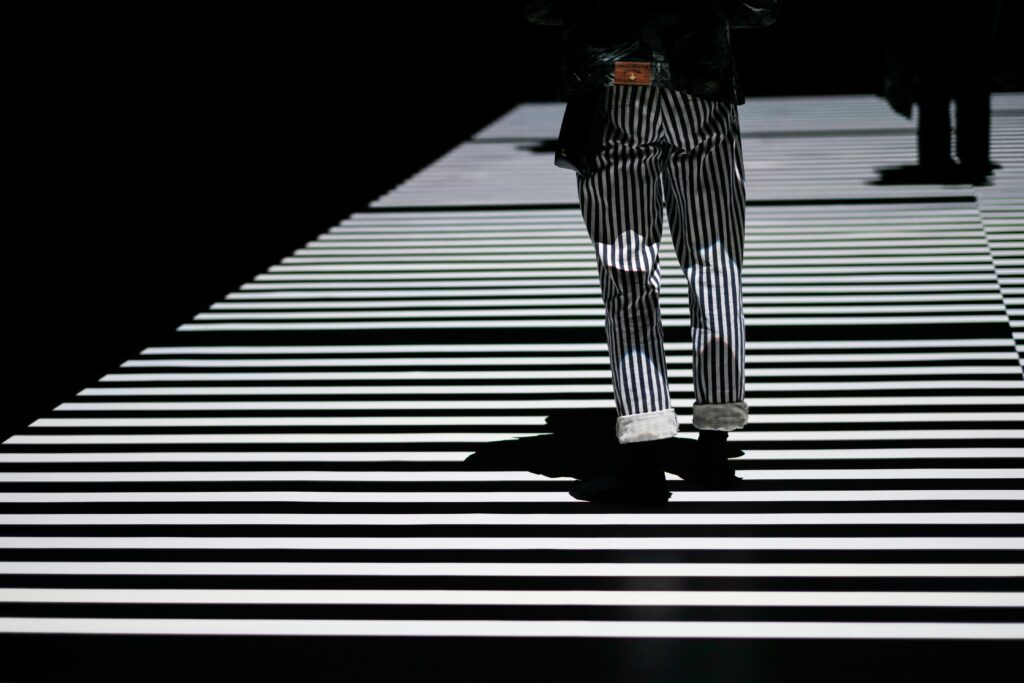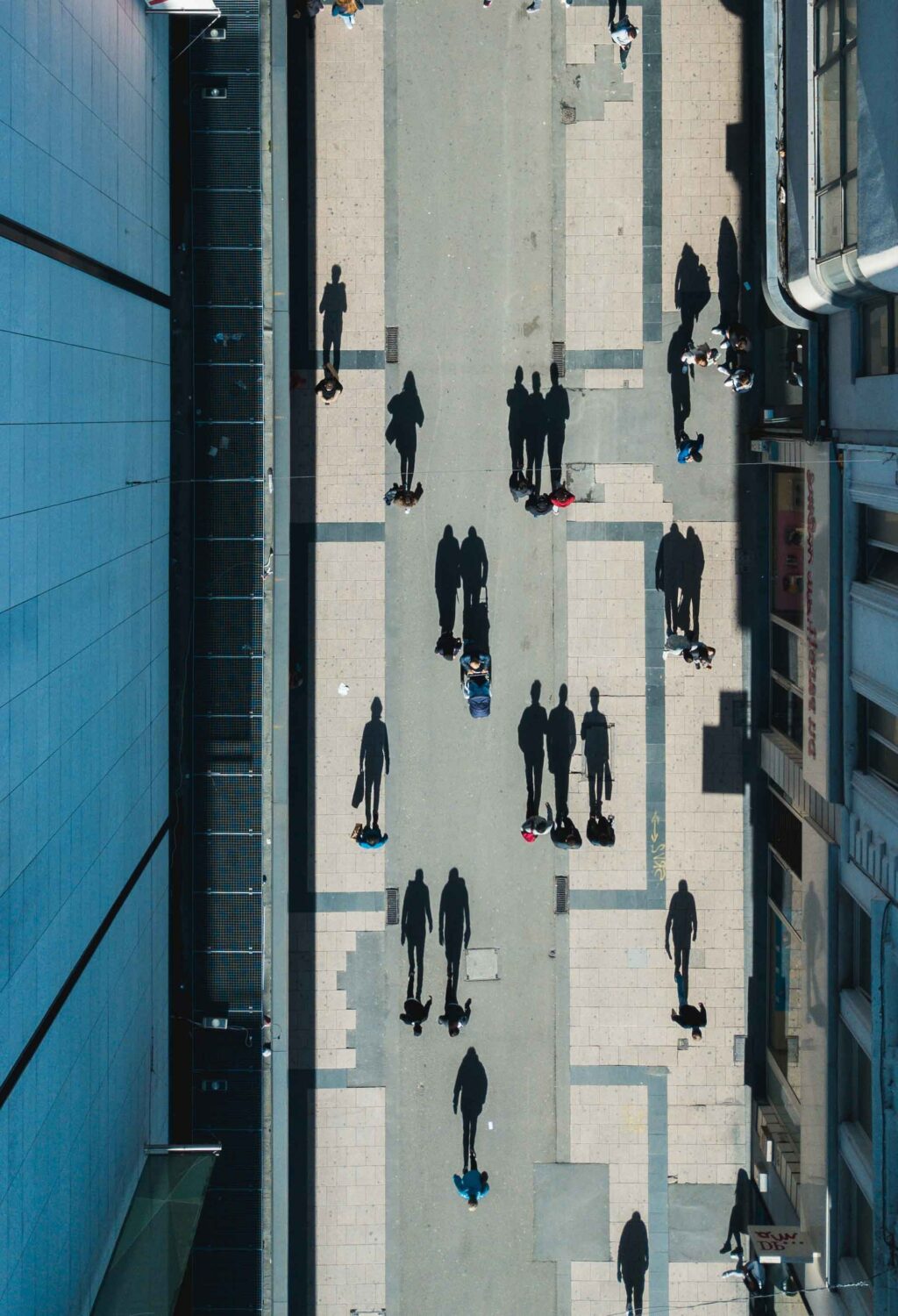When people refer to candid photography as a thing, they tend to see it as a genre, but this is not exactly how candid works. Candid (in photography) must be seen as a feature because it really refers to a way of approaching subjects.
It’s not a genre. Documentary photography, photojournalism and street photography are the genres that perhaps benefit the most from candid approaches.
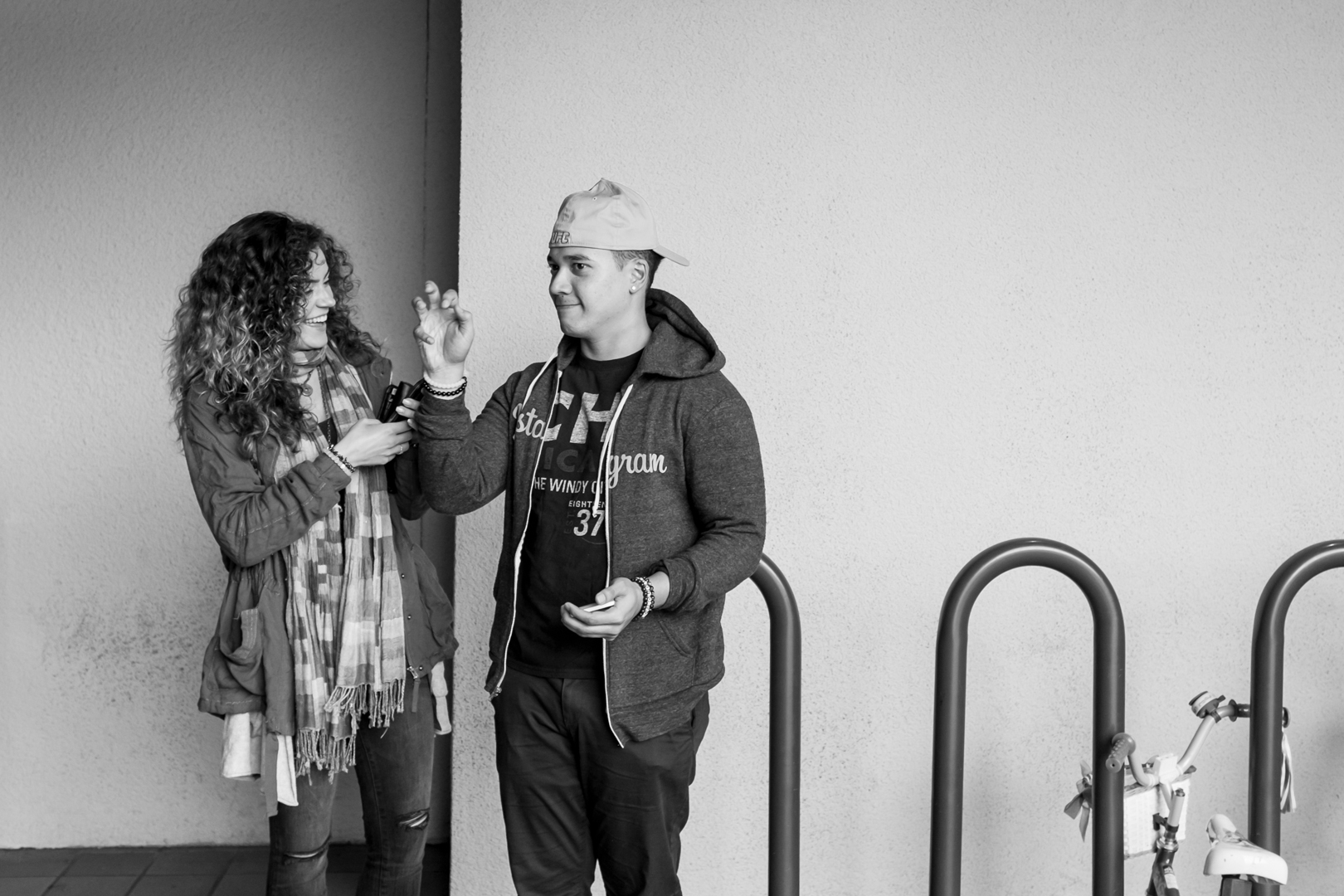
Candid images are images of people in which the subjects are or appear to be unaware that they are being photographed. This typically happens in two circumstances. The first is that people may be so used to the photographer being around that they start acting naturally.
That’s the moment when the photographer needs to starting shooting (if capturing things naturally is one of the photographer’s goals). The other way to achieve a candid look is by being very inconspicuous at the moment the photograph is taken.
Taking candid images is easy if you just shoot randomly at crowds on the street, for example. The trick is to capture meaningful candid shots beyond snapshots of oblivious pedestrians.
Today we’re going to talk a bit about how you can develop a certain mindset that will help you capture meaningful candid shots, and also some tricks that will benefit your approach.
Mind the Subjects (Approaching Strangers)
Photographers often hold themselves back from taking candid images because of an unwillingness to approach strangers in their daily environments. Some people are very good at it; some are less skilled. Some photographers advise you to take pictures of street performers to develop confidence.
Others say to approach people with dogs since it is very unlikely you’ll get a “No” from a dog owner when you ask them for a photograph of them or their dog. The great photographer Elliott Erwitt had a predilection towards photographing dogs in the streets.
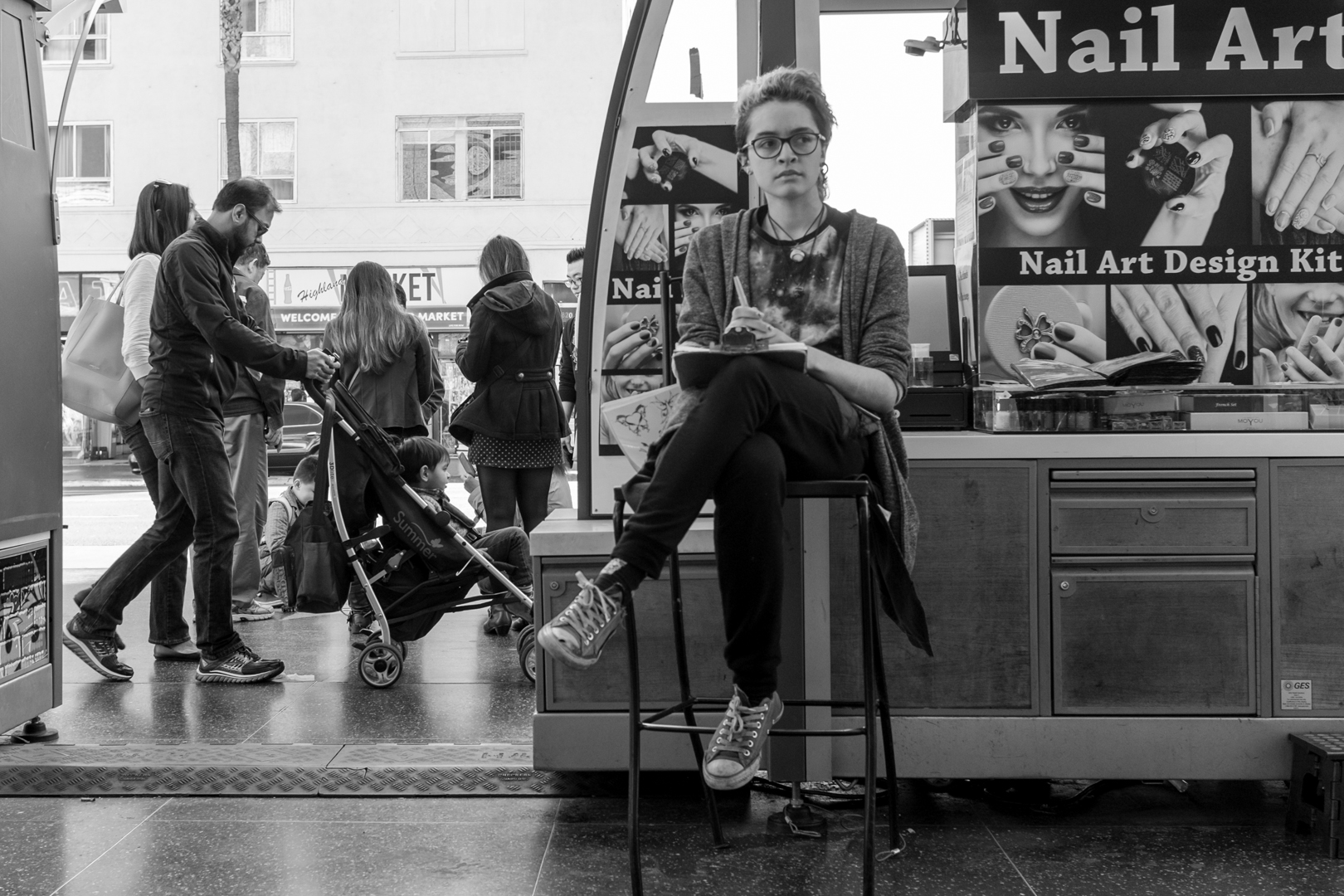
Whenever entering a new social environment (in which you are an outsider or actual stranger), always try to make your best social skills shine.
The big difference between photographers who achieve meaningful images and those who don’t is that the former is able to gain peoples’ trust – an incredibly invaluable asset for any photographer. Try to make people like you without being too pushy. Just show real interest and passion for actually being there with them.
Street Portraits Can Disguise Candid Shots
Some people are great at getting portraits of strangers on the streets. There is a whole debate about whether street portraiture is street photography or not. Thankfully, today we’re talking about candid imagery, so we can avoid that endless rocky road.
Meanwhile, when these portraits happen (between poses) you can achieve some pretty good candid images if you play dumb enough. One of the best tricks I've found is to ask for a pose, then fib about when I'm actually pressing the shutter button. I’ve achieved some interesting candid results that feel very natural, quite unlike the traditional “stranger in front of the camera” poses.
Gear
Capturing candid shots is all about being inconspicuous, and one of the best ways to do this is by using compact cameras. Technology has evolved into a magnificent state where we now have some amazingly powerful cameras with tiny bodies.
People are more relaxed with any photographer with a small, unthreatening camera, unlike how they often react in front of a photographer armed with a large, intrusive camera.
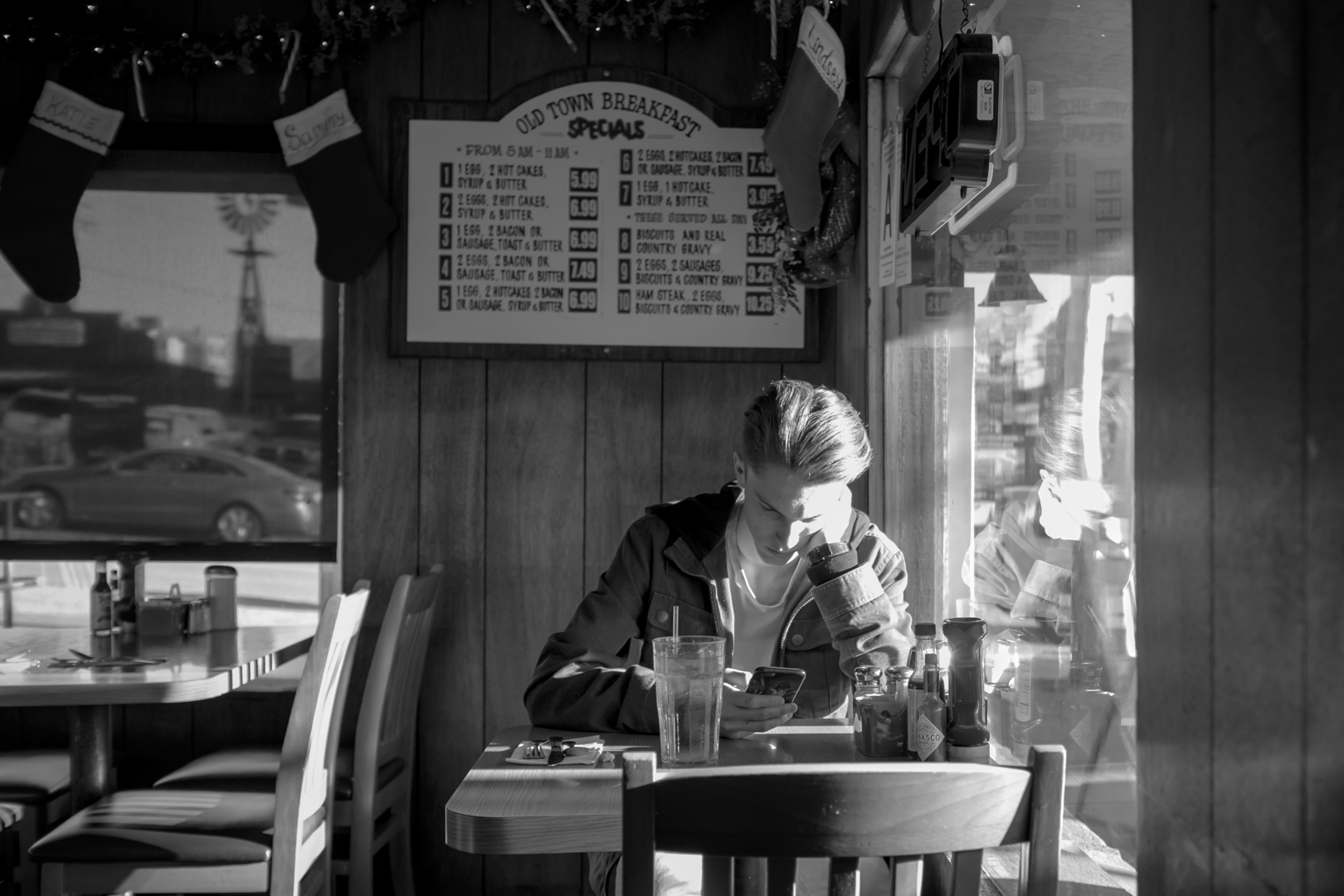
Mirrorless camera systems are the future for many photographers, and thankfully they too are small and unthreatening. If you want to achieve candid results, you'll eventually need to a reliable portable camera you can keep by your side at all times.
Nowadays, I’m using a Fujifilm X100T camera. Previously I had the great pleasure of working with a Canon G1X. Being able to have a camera with you at all times broadens your possibilities of capturing reality in a candid way. There is no exact recipe or rule about gear when it comes to candid imagery – but small cameras make it easier to achieve it.
One of the main advantages of working with prime lenses – beyond their powerful aperture capabilities – is their size. Prime lenses tend to be smaller than zoom lenses, and that's why many photographers love working with primes when capturing reality. They don’t interrupt it all.
But most photographers seeking candid results would rather work with discreet and silent cameras, and they often cover the brand name on the camera body with black tape to make them less showy. Some of us have even opted for generic nameless straps to draw less attention to ourselves. After all, many of us aren't sponsored by any brands, so it makes sense to keep them covered.
Settings
Cameras have become amazing at handling noise at high ISO values, which is why so many photographers have stopped worrying about ISO and just set it to auto. The great thing is that you can restrain that auto-ness by telling the camera to not go beyond 800, for example. When working with complex light situations in the streets, this feature might actually save your day.
Another extremely helpful setting is Aperture Priority mode because things tend to happen quickly when you’re aiming for a candid approach. With Aperture Priority, you are the master of your aperture value and rely on the camera to handle the shutter speed (which tends to oscillate between 1/60 to 1/250 on the streets).
About Ethics
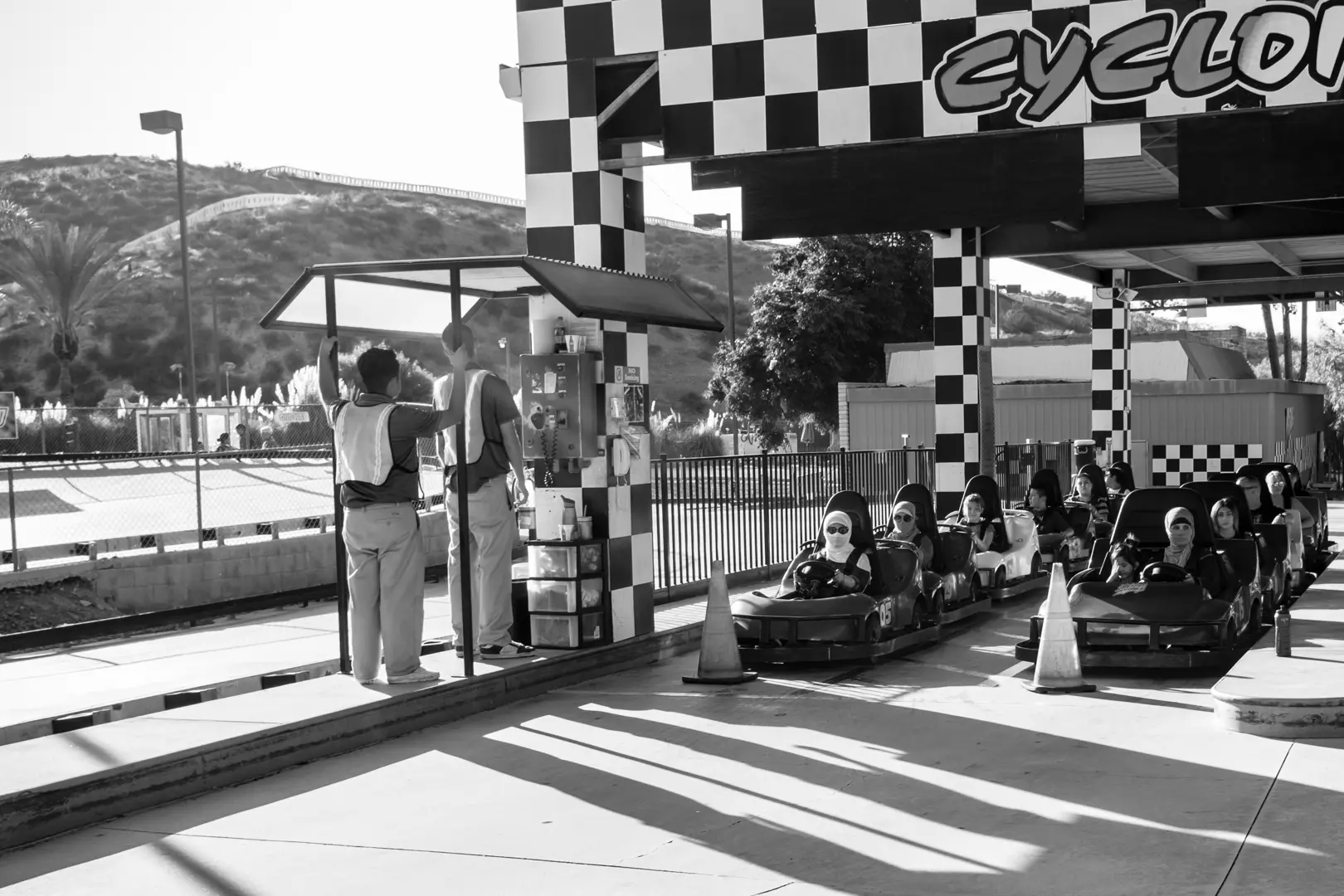
Try to always be respectful, and never shoot images of people in vulnerable situations. If somebody asks you to delete a picture, please do it, without arguing. If you don’t, you’ll just make our work as street photographers more complex.
We hope that these little tricks will help you achieve natural and candid results when photographing people. One of the best examples of how you can push the limits, in terms of being inconspicuous for achieving candid results, is the work of Walker Evans.
Evans was known for covering all the shiny parts of his camera with matte black paint – and if that wasn’t enough, he hid it under his jacket to capture daily life in the subways.



